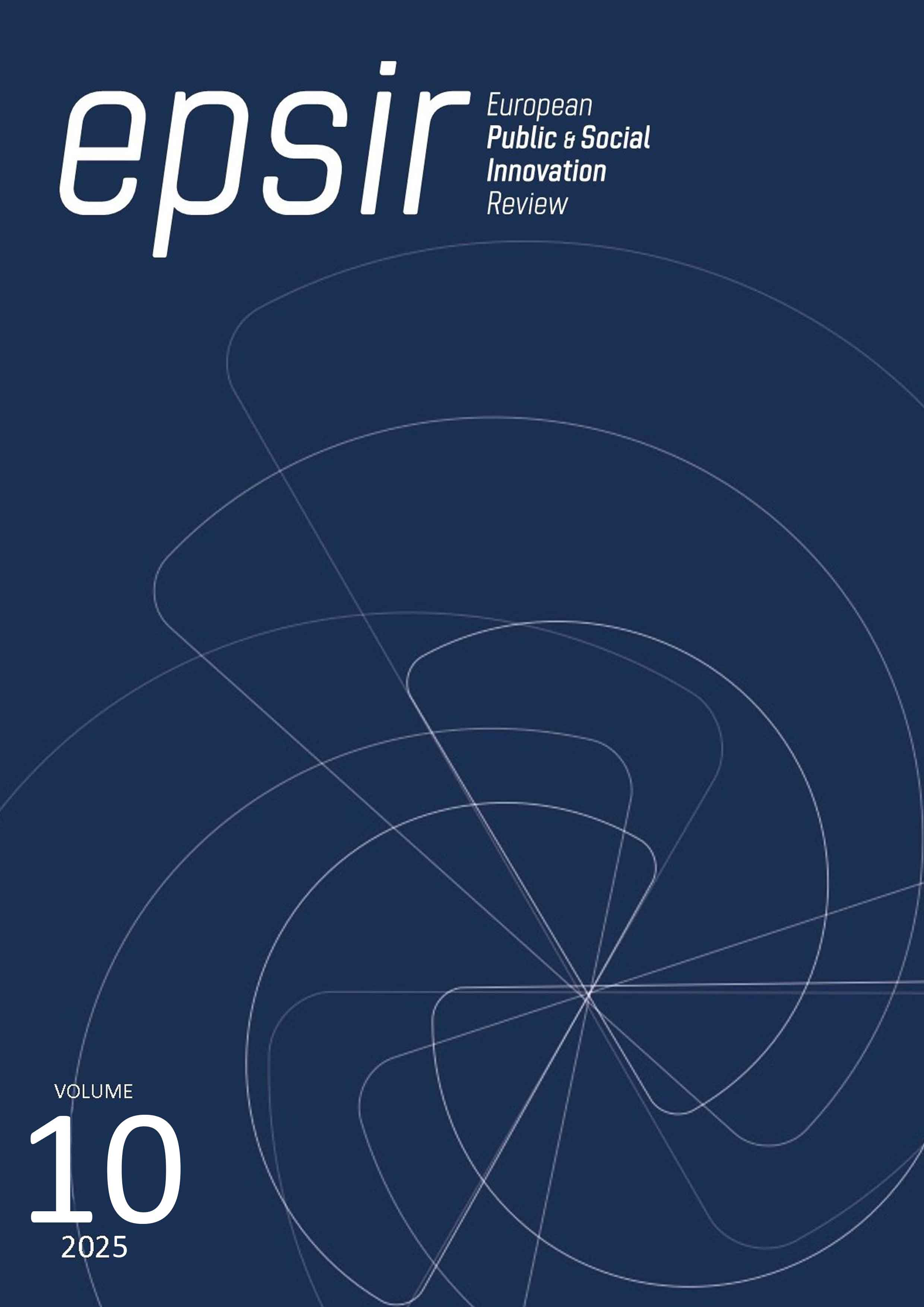El color natural en el Pabellón de Barcelona de Mies van der Rohe
DOI:
https://doi.org/10.31637/epsir-2025-1624Parole chiave:
Mies van der Rohe, Pabellón de Barcelona, vidrio, piedra, metal, color, material, luzAbstract
Introducción: La construcción del Pabellón de Alemania para la Exposición Universal de Barcelona en 1929, es un manifiesto a la honestidad de los materiales pétreos ligados a la Naturaleza. Un pabellón cuyo objeto expositivo es la materia en su estado primario. Los materiales transformados por el hombre se muestran como mecanismos utilizados para conformar un espacio en que los materiales tradicionales ligados a la naturaleza se muestran sin distorsiones. Metodología: Se realiza un estudio empírico de los diferentes espacios cualificados por la luz y el color y se seleccionan aquellos que aparecen en el Pabellón. Resultados: Podemos identificar varios dispositivos que transforman el color de la luz, provocando que los planos de material natural aparezcan aislados de su entorno, flotando sin referencias. Esos dispositivos espaciales aparecen ligados a los nuevos materiales, y en concreto el vidrio. Discusión y conclusiones: En el espacio interior se consigue controlar la luz mediterránea mediante la interrelación de distintos dispositivos de filtro y difusión. Asi los materiales pueden ofrecer su esplendor bajo una luz difusa y continua. Los dispositivos de reflexión inherentes a la naturaleza de los materiales empleados vuelven infinito el espacio, rompiendo los límites físicos y confundiendo el interior y el exterior.
Downloads
Riferimenti bibliografici
Albers, J. (1974) La interacción del color. Alianza forma.
Bados, A. (2008) Oteiza. Laboratorio experimental. Laborategi esperimentala, Fundación Museo Oteiza Fundazio Museoa. p. 334
Bonta, J. P. (1975) Mies van der Rohe. 1929. Anatomía de la interpretación en arquitectura. Editorial Gustavo Gili.
Colomés, E. (2014) Material, espacio y color en Mies van der Rohe. Café Samt & Seide. Hacia una propuesta estructural (Tesis Doctoral). Escuela Técnica Superior de Arquitectura, Universidad Politécnica, Madrid.
Cruz-Díez, C. (2009) Reflexión sobre el color. Fundación Juan March.
Da Vinci, L. (1986) Tratado de Pintura. Akal.
Daza, R. (2000) Buscando a Mies. Actar Publishers.
Goethe, J. (1999) Teoría de los colores. Colegio Oficial de Arquitectos Técnicos de Murcia, Celeste Ediciones.
Frampton, K. (1986) Prefacio en Spaeth, David, Mies van de Rohe, Gustavo Gili.
Johnson, P. (1953), Mies van der Rohe. Museum of Modern Art.
Malévich, K. (2012) La luz y el color. Ed. Lampreave.
Neumeyer, F. (2000) Mies van der Rohe. La palabra sin artificio. Reflexiones sobre arquitectura 1922-1968. Biblioteca de arquitectura. El Croquis Editorial.
Newton, I. (1977) Óptica o tratado de las reflexiones, refracciones, inflexiones y los colores en la luz. Alfaguara.
Pallasmaa, J. (2006). Los ojos de la piel. Ed. Gustavo Gili.
Pesqueira, C. (2016) El color en la transfiguración del espacio. Un estudio empírico de los dispositivos de transformación y configuración (Tesis Doctoral). Escuela Técnica Superior de Arquitectura, Universidad Politécnica, Madrid.
Quetglas, J. (2011) El horror cristalizado. Imágenes del Pabellón de Alemania de Mies van der Rohe. Actar Publishers.
Sedlmayr, H. (2011) La luz en sus manifestaciones artísticas. Colección La luz y su anverso, director E. de Miguel. Ed. Lampreave.
Scully, S. (2007) Cuerpos de luz. Fundación Juan March. Editorial Arte y Ciencia.
Smithson, A, y P. (2001) Cambiando el arte de habitar. Gustavo Gili.
Tanizaki, J. (1994) El elogio de la sombra. Biblioteca de Ensayo. Ediciones Siruela.
Downloads
Pubblicato
Come citare
Fascicolo
Sezione
Licenza
Copyright (c) 2025 Carlos Pesqueira Calvo

Questo lavoro è fornito con la licenza Creative Commons Attribuzione - Non commerciale - Non opere derivate 4.0 Internazionale.
Authors who publish with this journal agree to the following terms:- Authors retain copyright and grant the journal right of first publication with the work simultaneously licensed under Creative Commons Non Commercial, No Derivatives Attribution 4.0. International (CC BY-NC-ND 4.0.), that allows others to share the work with an acknowledgement of the work's authorship and initial publication in this journal.
- Authors are able to enter into separate, additional contractual arrangements for the non-exclusive distribution of the journal's published version of the work (e.g., post it to an institutional repository or publish it in a book), with an acknowledgement of its initial publication in this journal.
- Authors are permitted and encouraged to post their work online (e.g., in institutional repositories or on their website) prior to and during the submission process, as it can lead to productive exchanges, as well as earlier and greater citation of published work (See The Effect of Open Access).




